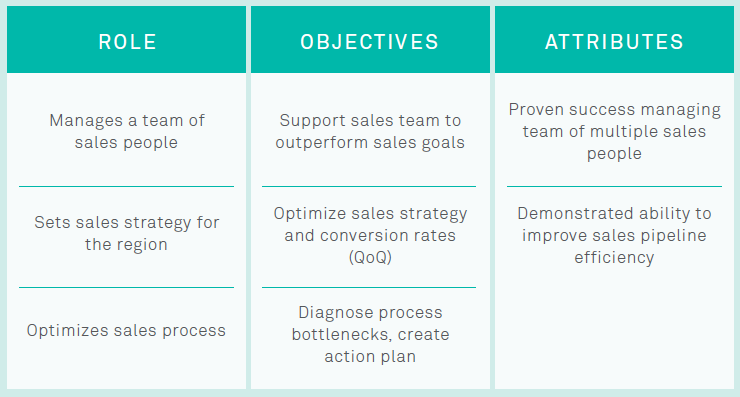How to implement structured hiring: Step 1 – role kick-off meeting

3 mins, 30 secs read time
Last week, I introduced our Structured Hiring 101 eBook and explained the benefits of the structured hiring approach. Structured hiring not only gives recruiting teams better outcomes, but it also gives everyone involved in the recruiting process (including the candidates themselves!) a better experience.
Now, it’s time to get to work and learn how to implement this impactful approach. In this post, I’ll cover the first and arguably the most important step – the role kick-off meeting.
The 3 primary goals of the role kick-off meeting
A role kick-off meeting is where you and your hiring manager discuss the role in great detail, covering questions like: What are the expectations for this role? What should the hiring and interviewing processes look like, and who should be involved? And, everyone’s favorite – what’s the timeframe we’re looking at for making this hire?
All of these questions (and more) point to 3 goals that you and your hiring manager should set for the meeting:
Align on the business objectives of the job
Define the skills, traits, and qualifications that will make someone successful on the job
Agree to the roles and responsibilities for the search
Let’s explore each of these goals in more detail.
1. Align on the business objectives of the job
When opening a role, begin by thinking about the long-term contribution this person will make to your company – not just the short-term needs they’ll fulfill.
Your discussion should cover:
What goals should be achieved a year from now for you to know that the hire is successful?
What will a superstar accomplish in a year?
For a superstar to accomplish this, what do they need to do in the first 90 days?
Note that there’s a difference between tasks and objectives. Tasks are descriptions of the things a person will do on a regular basis, like “manage a team of people” or “set sales strategy for the region,” while objectives are looking at long-term, big picture results like “support sales team to outperform sales goal,” or “optimize sales strategy and conversion rates.” Outcomes are what differentiate the superstar from an average performer!
2. Define the skills, traits, and qualifications that will make someone successful on the job
Once you’ve outlined the role and objectives, you can define the skills, traits, and qualifications that will best set someone up for success. We think of skills as well-defined abilities, e.g. knowledge of a particular type of software or coding language, while traits describe someone’s personality, e.g. action-oriented or team player. Qualifications and experience are things like degrees, certificates, or particular career milestones.
Here’s an example of how you might define the role, objectives, and desired attributes for a sales manager role:

3. Agree to the roles and responsibilities for the search
The final step of the kick-off meeting is to go over the roles and responsibilities for the search. The recruiter’s job is to guide the process and create an effective structure for success, while the hiring manager is the subject matter expert for the role. The recruiter can’t necessarily design a code test or write a sample press release that needs editing in the same way that a hiring manager with those areas of expertise can.
The chart below shows a typical division of roles and responsibilities between a recruiter and hiring manager:

As recruiters we want to make sure we aren’t sending candidates through to hiring managers who don’t align with expectations. It’s useful to review a few candidate profiles together up front to make sure that the attributes and requirements on paper translate to real candidates in the way you were both expecting. You should allot an hour for most kick-off meetings, but you may want to schedule a 30-minute follow-up for more difficult or unusual roles.
Your last and final step of the kick-off meeting
Now that you’ve had this super productive and insightful kick-off meeting with your hiring manager, you need to make sure that no one forgets what you talked about or who is doing what! The best way to do this is to email the hiring manager a synopsis of your discussion, including task assignments and due dates.
To view a sample email template that you can use, be sure to download our eBook, Structured Hiring 101.
